WORKS
Jag drömde att jag var Hanna Resvoll Holmsen, 2021
Växter I (Resvoll Holmsen 1909 och RogersdotterGran 2019),archival pigment print,140x100 cm, 2021
Växter II (Resvoll Holmsen 1909 och RogersdotterGran 2019),archival pigment print,140x100 cm, 2021
Affisch (Kära Hanna),digitaltryck,42 x 59,4 cm,2021
This work starts from a note that I made in my working journal in 2014. The note describes a dream inwhich I was the botanist and photographer Hanna Resvoll Holmsen (Norway,1873-1943). The installation combines Resvoll Holmsen’s photographs of plants taken on the Varanger Peninsula in 1909 with my own dried flowers collected from the same area 110 years later. The installation also featuresa letter in which I writes to Resvoll Holmsen about our meeting. Presented as a poster, the viewer is invited to take a copy of the letter home with them.
Utgångspunkten i det här arbetet är en notering iett anteckningsblock från 2014, sombeskriver hur Rogersdotter Gran drömde att hon varbotanisten och fotografen HannaResvoll Holmsen(Norge1873–1943).I installationenkombineras Resvoll Holmsensfotografier på växter tagna på Varangerhalvøya 1909med Rogersdotter Grans torkadeblommor från samma område 2019. I installationen finnsockså ett brev där RogersdotterGran skriver till Resvoll Holmsen om deras möte. Brevetär presenterat på en affisch, sombesökaren får ta med sig hem.
Läs texten på affischen
Summit of Dreams (2020)
Video (13 min), yellow tent, stones
A hand moving over the image of a mountain projected on a yellew tent.
One spend Approximately 10-15 minutes on the top of the world's highest mountain. The longer you stay on this high altitude, the higher is the risk for you to die. This obsession of the mountain can take you anywhere but for me the obsession has never taken me anywhere. So I made this installation. As a love letter to the unreachable mountain.
Time never repeat itself (2020)

3-channel-video (10 min on loop)
3 different videos, one on a henshouse, one on some bushes and one video is on a nest. Sometimes something happens, most of the time the video is very still. In the background you can hear children play, sound of cars from a road and birdsong.
So I put my camera on a tripod in my garden.
April 2020.
I left it there recording as I sat inside doing video-meetings from a small room in the attic of the house I am renting. My partner was on parental leave with our youngest child. So every morning we let the hens out to walk free in the garden. We only do that when we are at home. During this time period we were at home all the time.
The hens move individually but at the same time always as a group. I guess they stay close to each other as protection.
Ädno / Älven / The River (2017-2020)

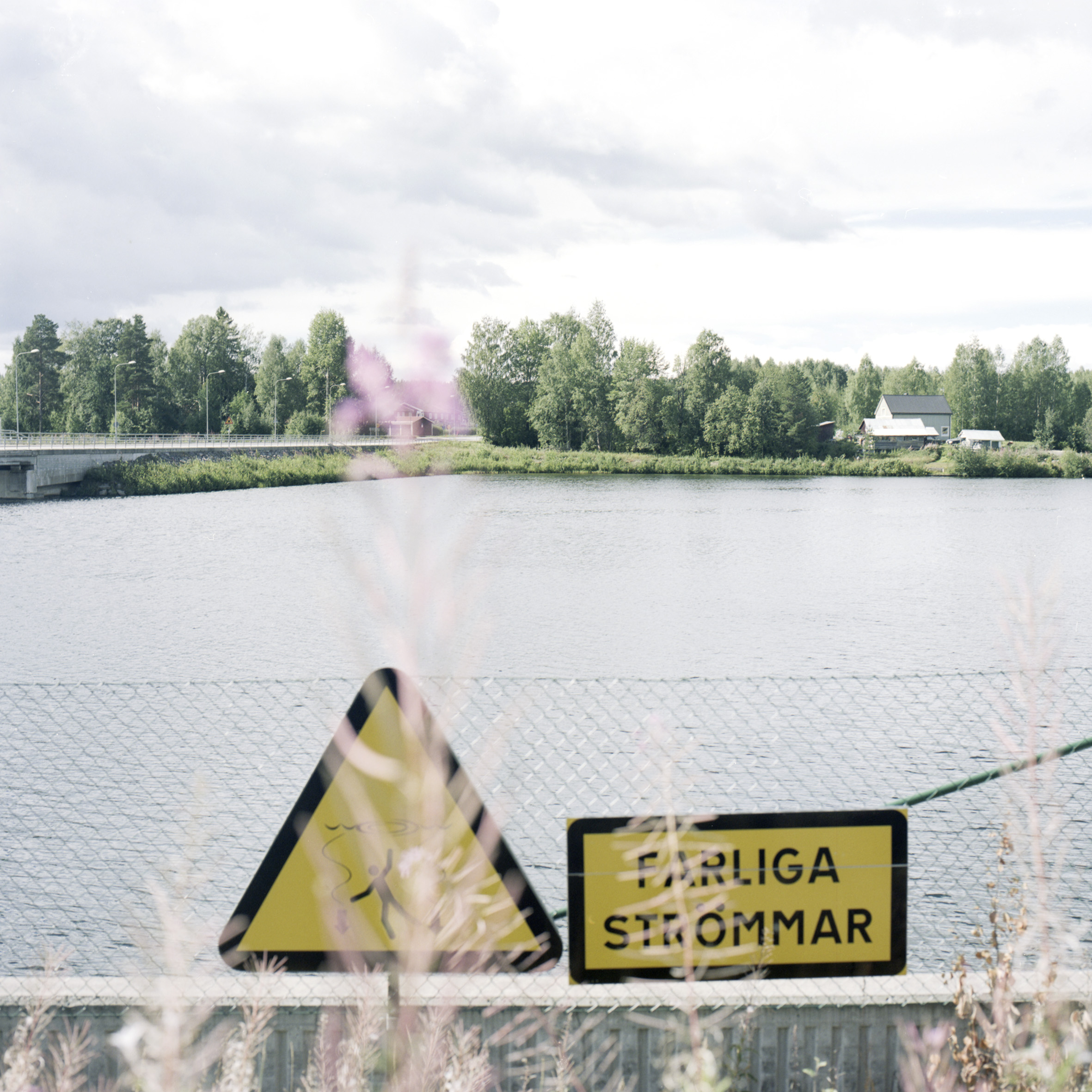
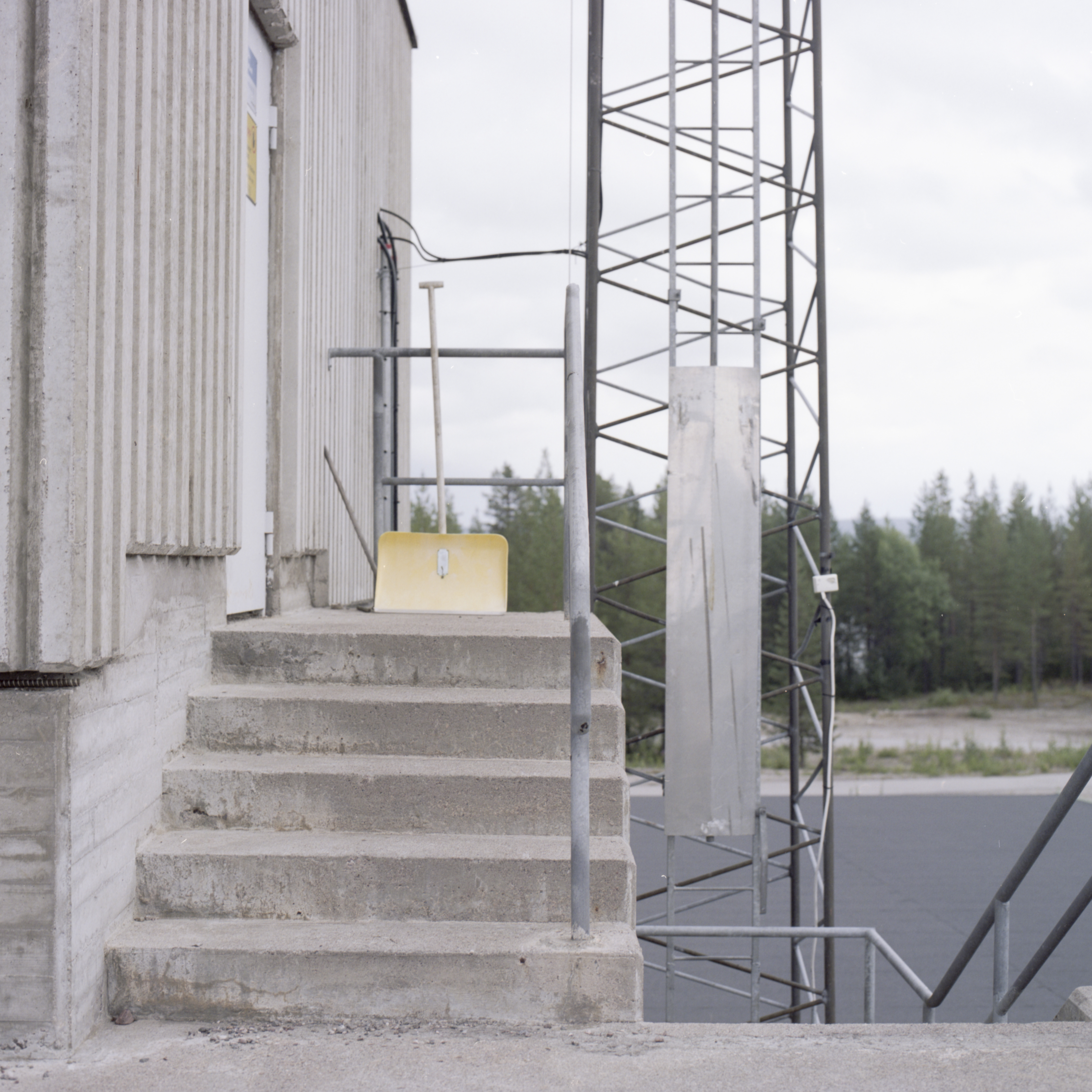


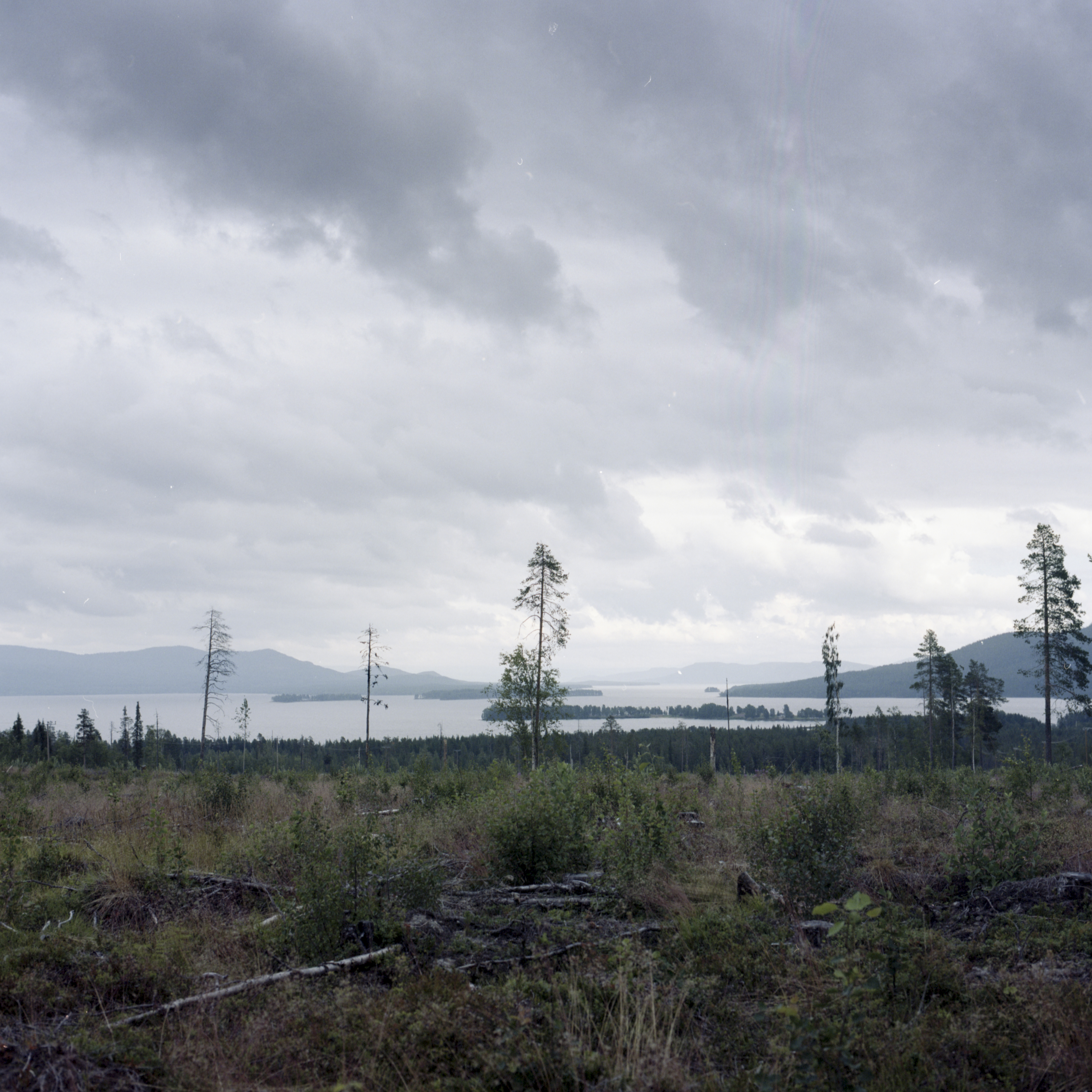
Brutal landscapes with dry riverbeds and industries, pipes, switchgear, primeval forest and still water take us 45 miles across the county Norrbotten.
Its a journey from the moauntains to the sea, following the river where I swam as i grew up.
The book / Exhibition View
“Sjölander Reversed” (2019)






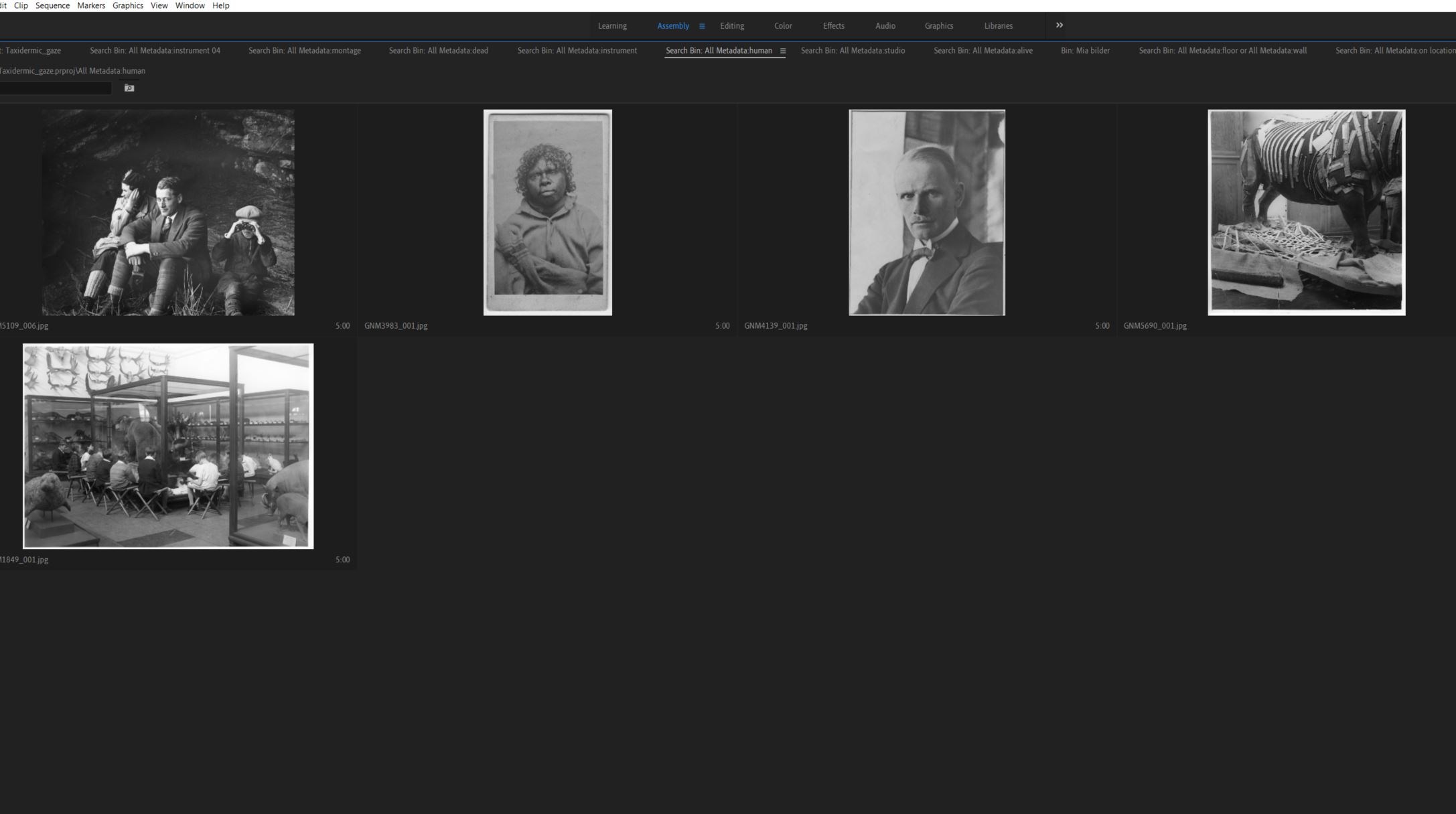

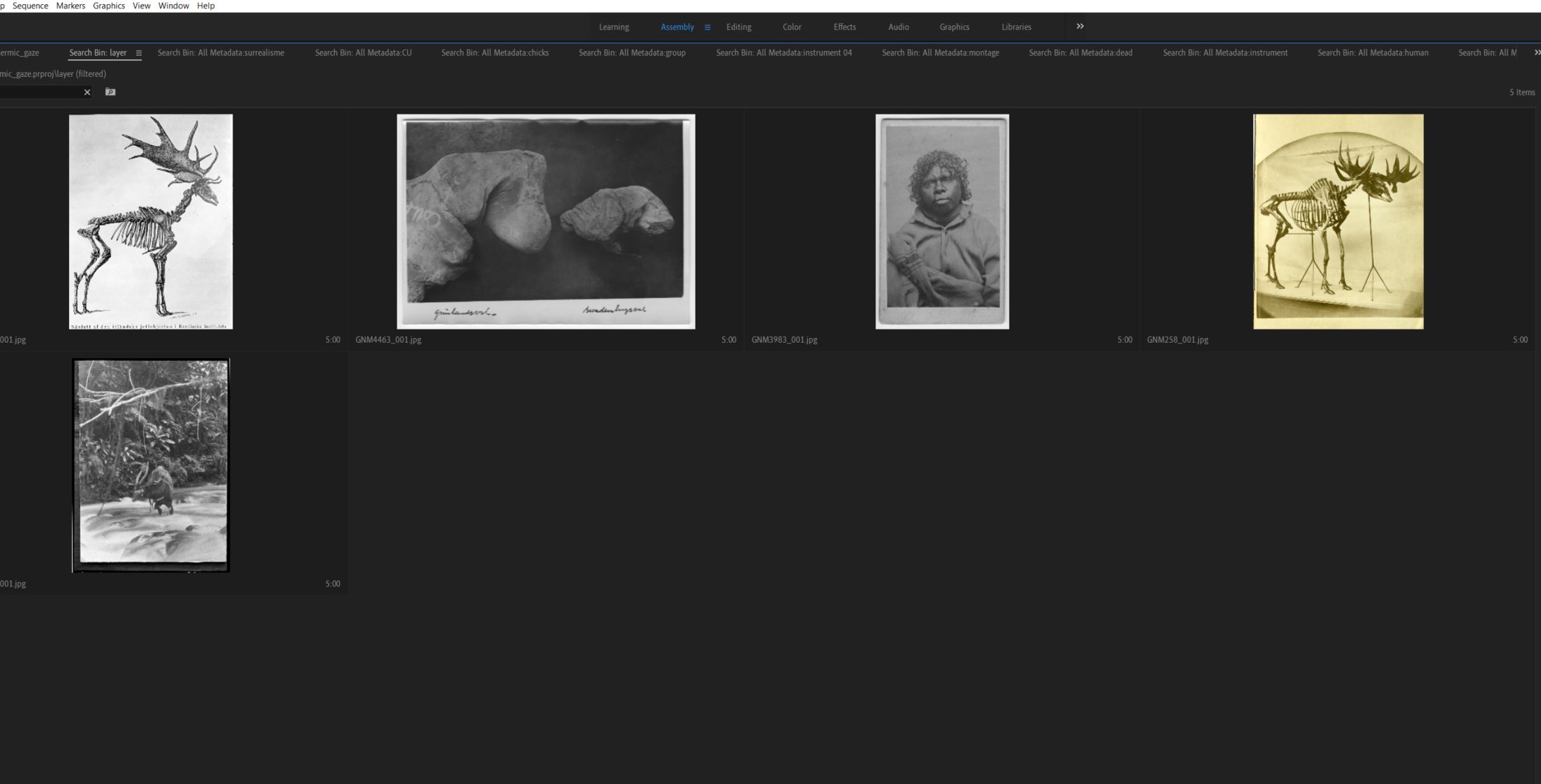
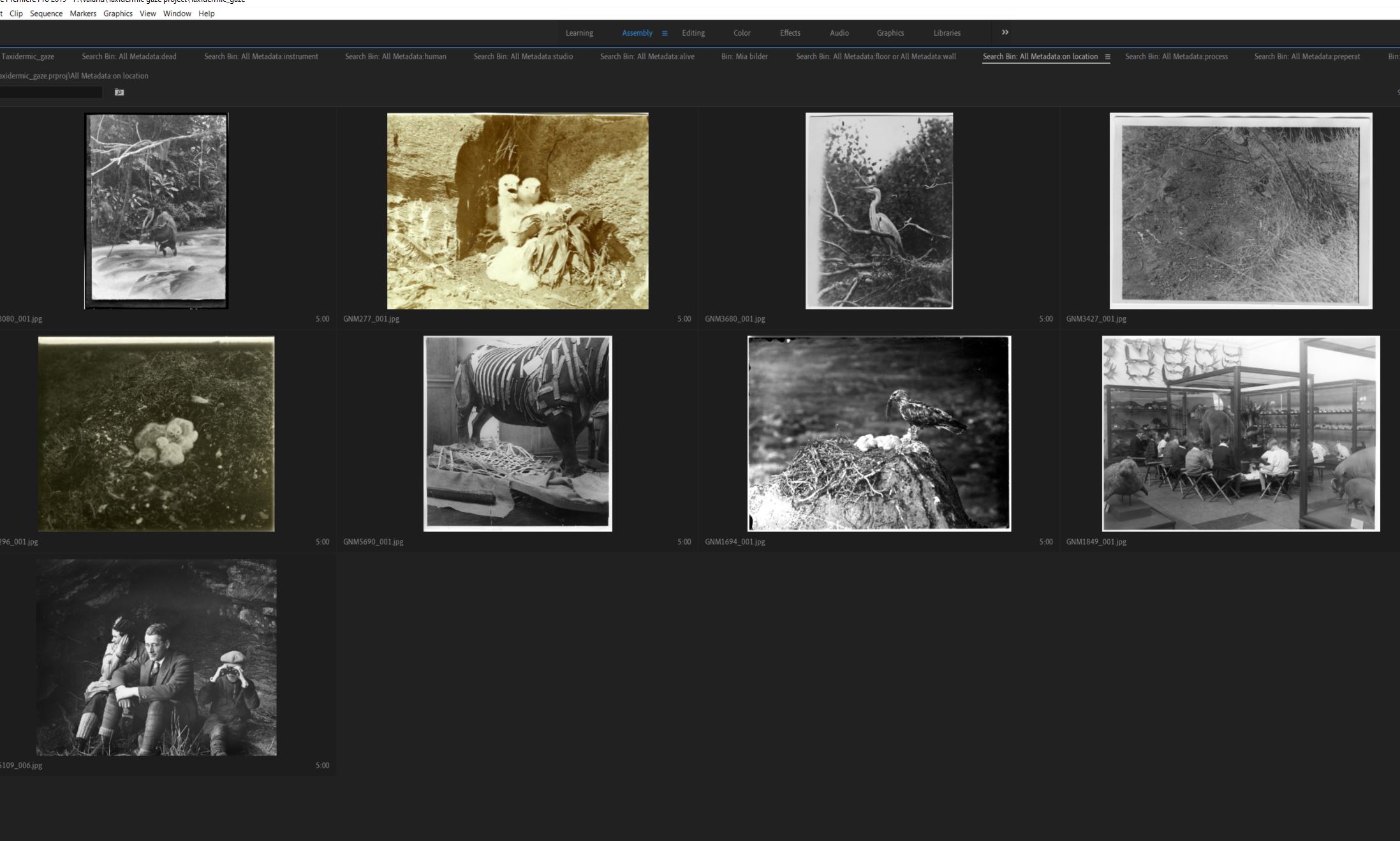
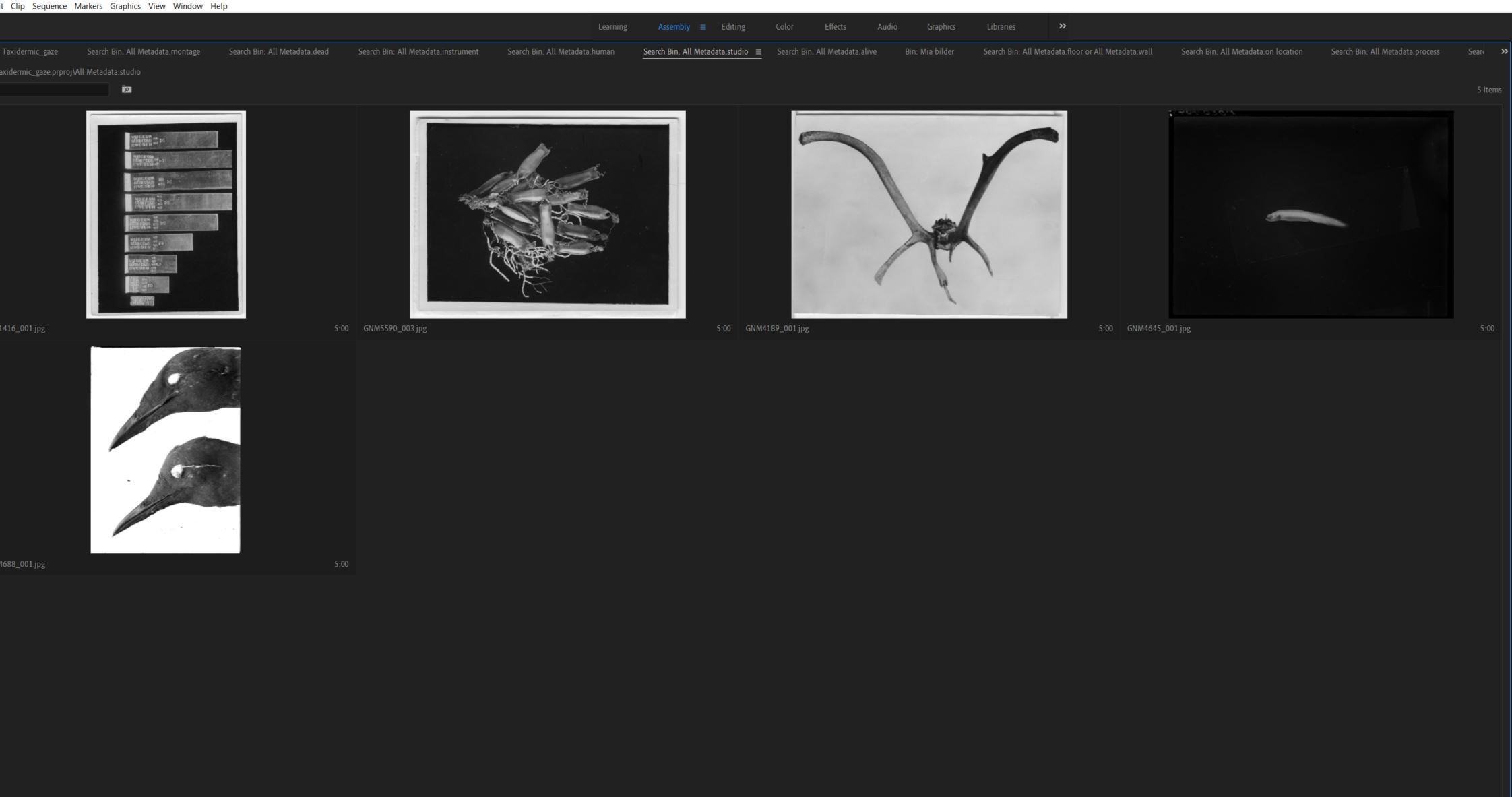
A collaboration with Louise Hollerup.
All photos are by David Sjölander and published by http://www.digitaltmuseum.se under Creative Commons Public License.
In the 18th and 19th centuries, colonial settlers engaged in the scientific collection and indexing of biological difference in plants, people and animals. The world was undergoing intense taxonomy. In Sjölander Reversed, filmmaker Louise Hollerup and artist Mia Gran Rogersdotter work from and with taxonomic processes by doing a rereading of the Natural History Museum in Gothenburg. How did the museum’s originators created and sustained lines of differences with their work?
One of the museum’s most renowned conservations is Sjölander’s elephant. In A Story About an Elephant, we learn that Swedish David Sjölander (1886-1954) was known as one of the world’s most advanced conservators. He shot the exhibited African elephant in 1948, in the area that by then was known as Portuguese West Africa. Neither the pamphlet, nor the exhibition, has any reflection on the ethical aspects of travelling to a colony and shooting an animal for the sake of “complementing the collections”.
Sjölander Reversed looks closer at the natural scientist’s gaze as a structuring mechanism, where the act of looking and photographing itself contributes to indexing the world. Just like Sjölander, Gran and Hollerup are both personally and professionally invested in the act of looking. This excersise was therefore also a reflection on their own gaze as artists, and how they produce meaning and categories when they frame the world with a camera.
The video
Blooming Life in the Wreck of Death (2017-2018)

The title of this project is a rewritten quote from Mary Shellys Frankenstain. The project was exhibitied 3 times during 2018, due to the 200 years anniversy of the book Frankenstein.
The images is from my own experiment of making a hybrid. To do a new species that can help the human survive in the future when the soil in the earth is worn out on nutrition.
The experiement is fake news. I use non scienctific methods, turning plants into objects that are both beautiful and disgusting at the same time.
More >>>
Fuglesang I (2018)

Installation with bird-poetry, sound, video and a small artist book containing photographs from my phone.
Made during a residency in Vadsø Gjesteatelieret located on Varanger Halvøya in the northern parts of Norway.
Varanger Halvøya is famous for its rich birdlife. The wide variety of unique bird species have made Varanger one of the top birding destinations of the world.
This book and the installation lack presents of real birds. Maybe I was more intrested in the gaze on the birds than the bird themself.
More >>>
RÄDDA TORNETRÄSKDELFINEN / SAVE THE TORNETRÄSK DOLPHIN
(2014 - ongoing)



A collaboration with Simon Gran Danielsson.
Save the Tornetraskdolphin is a scientific , artistic research project where Europe's only freshwater dolphin are mapped. The dolphin lives in Scandinavia's largest mountainlake : Torneträsk.
MERCH / PERFORMANCE
Myrorna och Hägern (2015)
leftover tree branches, stones and twigs.
The work was temporary and placed in "Magiska Trädgården" in spring / summer of 2015. I wanted to create a place to hide, which is heated by the sun light. If one leans back, one can easily enjoy a blue sky. The title came to after several herons flown past during construction and it looks like a rickety anthill.
More >>
My Studio Garden (2014 - 2015)


.
During my final year at the BA in Fine Art at Konstack, I used the my studio space to grow plants instead of making "art". i wanted to open up my studio-space and give it a new function. It was a way to challenge my own artistic practice. Violate artist norms and habitual thoughts.
When I moved out of the studio in the spring, I planted some in the public space. Other plants I gave away to friends.
More >>
Me as an Arctic Hero (2014)

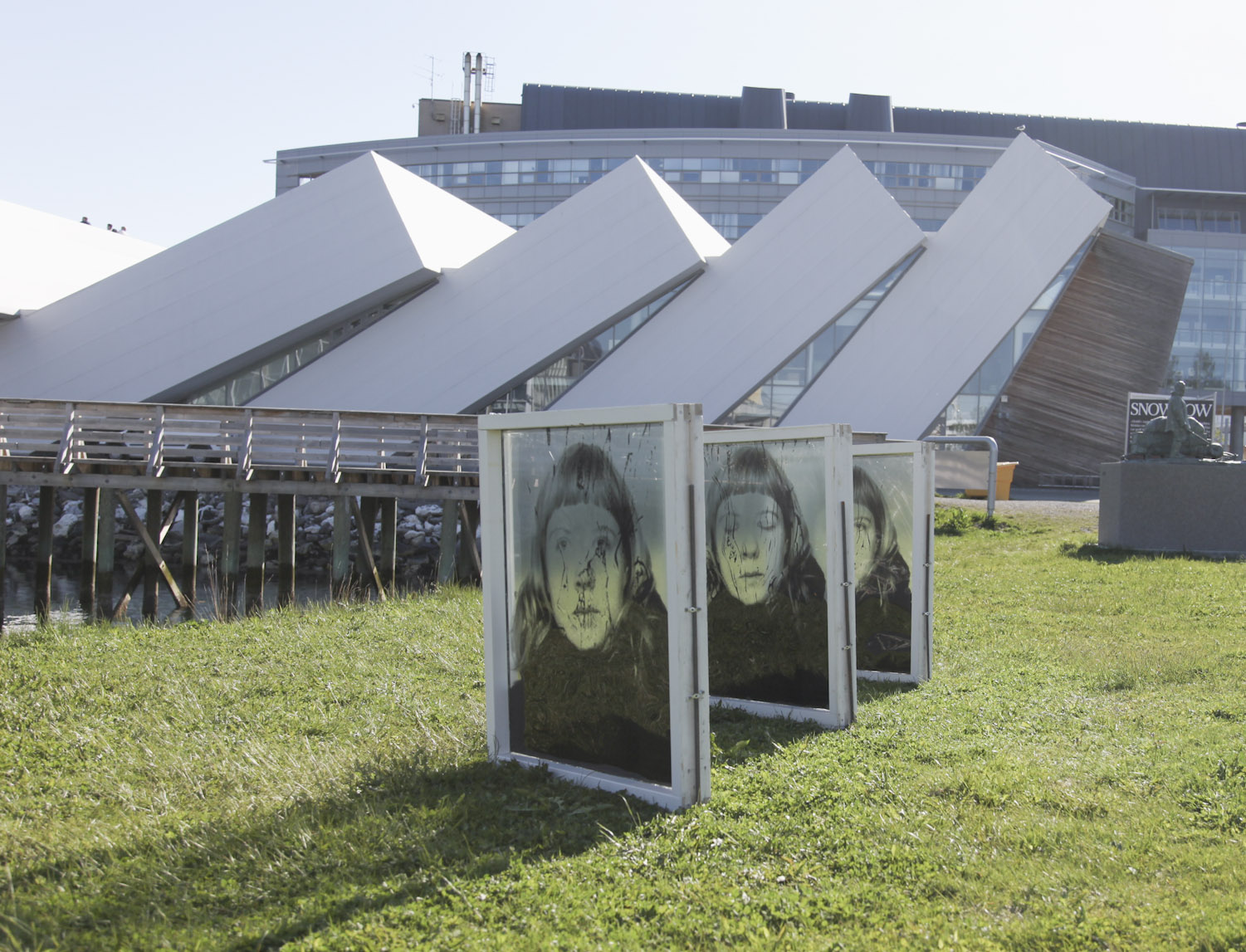
a temporary installation in Tromsø 2014: selfportraits looking out on the arctic landscape: as many men had done before me.
More >>